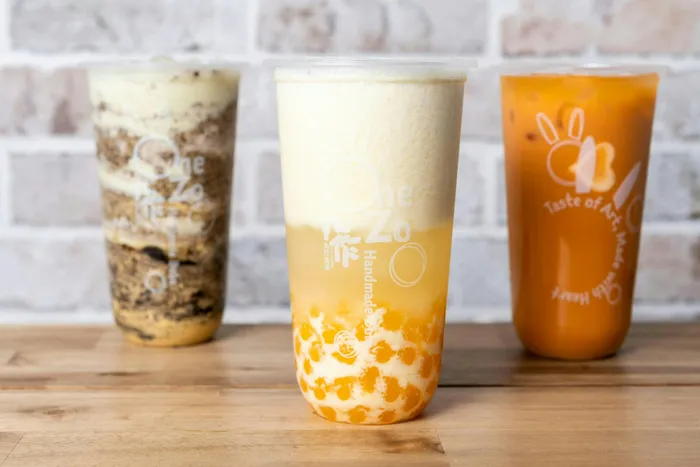The hidden risks in Bubble Tea: What South African parents should know

Uncovering the health risks of bubble tea.
Image: Unsplash
Bubble tea has exploded in popularity here in South Africa - schools, shopping malls and weekend outings now often include a stylish cup, wide straw and chewy pearls.
Particularly among children and teenagers, it’s become a fun treat, a way to hang out with friends and enjoy something “different”. But while it might look harmless, this trendy drink carries a range of health risks that many of us simply don’t realise.
The “fun” side of those cute bubbles and sweet syrups hides a set of health risks - from heavy metals to digestive issues, kidney stones, high sugar intake and choking hazards.
Heavy-metals
At the heart of bubble tea are the tapioca pearls—the chewy “bubbles” that make the drink playful. These are made from the starch of the root vegetable cassava.
The problem is that cassava has a known tendency to absorb heavy metals and lead from the soil. A test by Consumer Reports found lead present in all the tapioca-pearl samples it tried.
Although in those samples the levels did not exceed the “level of concern” for a single serving, it still signals a red flag, especially if someone drinks bubble tea often.
Even though a single drink may not tip you over a safety threshold, there’s really no “safe” amount of lead exposure for young people or pregnant women, because the effects build up over time.
Digestive trouble from the pearls
It’s not only the heavy metals. The texture and nature of the tapioca pearls add another layer of risk. The starchy composition means that if someone drinks large quantities of pearls, they can slow stomach emptying (a condition called gastroparesis) or, in rare cases, cause blockages in the digestive tract.
And the thickener guar gum, often used in the drink or in the pearls, though harmless in small amounts, can cause constipation if somebody drinks bubble tea frequently and doesn’t balance it with enough water or fibre.
Kidney concerns and strange scans
A dramatic case in Taiwan, a 20-year-old woman who had substituted bubble tea for water ended up with over 300 kidney stones removed by doctors.
The pearls weren’t the only cause, other components of the drink (like high oxalate or phosphate levels) combined with low hydration played a big role.
In other cases, medical scans of patients brought in for unrelated emergencies have found tapioca pearls in their stomachs or intestines - dense and stone-like, sometimes complicating diagnosis.
The choking hazard and sugar overload
For younger children, especially, the pearls pose a choking hazard. Paediatricians warn that even adults are not immune.
In Singapore, a 19-year-old woman died after inhaling or choking on three pearls when sucking hard through a straw; another barely escaped a similar fate.
Then there’s sugar: many bubble teas contain between 20–50 g of sugar, which sometimes are higher than a can of cola (which is about 35 g).
Research in Taiwan found that by age nine, children who regularly consumed bubble tea were about 1.7 times more likely to have cavities in their permanent teeth.
Possible mental-health links
Studies of children in China found increased rates of anxiety and depression among those who consumed bubble tea frequently. For adults, higher bubble-tea consumption was associated with anxiety, depression, fatigue, burnout and reduced well-being, even when other factors were accounted for.
It’s not proven that bubble tea causes these problems, but the associations are important to be aware of, especially given how widespread the drink is becoming.
What this means for South Africans
In South Africa, where the trend for bubble tea is growing rapidly among teens and families, these risks deserve attention.
Kids love the sweet, fun nature of the drink, but they may not be aware of the longer-term issues. Everyone, from parents and schools to cafés should understand that this is not just harmless fun.
For South Africans, especially parents of young drinkers, being aware of the risks means you can enjoy the drink with your eyes wide open: savour the taste and the social fun - but don’t let it become a daily habit.
IOL Lifestyle